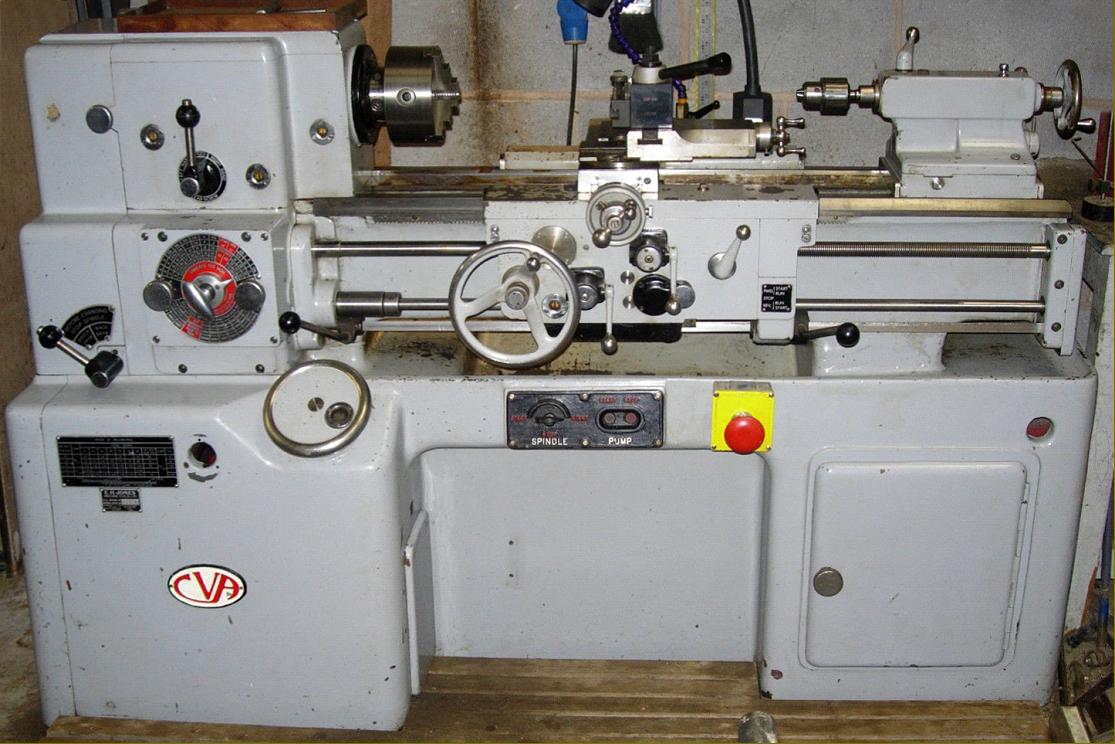Sawdust=manglitter
Established Member
I’ve been woodworking for quite a while now, but i’m very keen to get more into metalworking.
I’ve done a few bits and bobs, mostly by hand, and also done a little brass turning by hand on my wood lathe.
Apart from the above I did some work on a metal lathe back in schoool as well as a summer job in an engineering’s factory when I was 16.
So apart from the above it’s safe to say I’m fairly new to metalworking.
It’s probably a big ask, but I’d like to get myself the best second hand metal lathe I can for around £600, but would ideally like to future proof too if possible. It would be lovely to have the capability to turn metric threads, some that may rule out some of the older lathes. I ideally don’t want one of the smaller modelmakers Chinese lathes that’s dont seem to have the best of reputations.
I may be able to stretch to £1k if absolutely necessary, but that’s would take some serious grovelling to the OH! :lol:
Does anyone have any lathe suggestions for me to keep an eye out for please?
And to try to pre-empt the ‘what would you like to make on the lathe’ question, i’d love to have the capacity to make anything and everything that may crop up in future (in other words, no idea yet!! :lol: )
Thanks in advance for any help or advice you can offer
I’ve done a few bits and bobs, mostly by hand, and also done a little brass turning by hand on my wood lathe.
Apart from the above I did some work on a metal lathe back in schoool as well as a summer job in an engineering’s factory when I was 16.
So apart from the above it’s safe to say I’m fairly new to metalworking.
It’s probably a big ask, but I’d like to get myself the best second hand metal lathe I can for around £600, but would ideally like to future proof too if possible. It would be lovely to have the capability to turn metric threads, some that may rule out some of the older lathes. I ideally don’t want one of the smaller modelmakers Chinese lathes that’s dont seem to have the best of reputations.
I may be able to stretch to £1k if absolutely necessary, but that’s would take some serious grovelling to the OH! :lol:
Does anyone have any lathe suggestions for me to keep an eye out for please?
And to try to pre-empt the ‘what would you like to make on the lathe’ question, i’d love to have the capacity to make anything and everything that may crop up in future (in other words, no idea yet!! :lol: )
Thanks in advance for any help or advice you can offer
































